Producing my first CSRD report
If you need to produce your first CSRD (Corporate Sustainability Reporting Directive) report, here are the steps you can take:

1. Regulatory analysis
The CSRD is a European Union directive aimed at strengthening corporate transparency and responsibility in terms of sustainability. Its aim is to standardize and improve corporate reporting on environmental, social and governance (ESG) impacts.
• Broader scope : The CSRD applies to a wider range of companies than its predecessor, the Non-Financial Reporting Directive (NFRD). It covers all large companies, as well as all companies listed on public markets, including small and medium-sized enterprises (SMEs), with certain exceptions.
• Disclosures : Companies must provide detailed information on their sustainability policies and performance. This includes data on environmental impacts, treatment of employees, diversity, and governance.
• Double materiality : Companies must adopt a double materiality approach. This means they must assess both how sustainability issues affect their performance (financial materiality) and how their activities impact society and the environment (environmental and social materiality).
• Reporting standards : The CSRD introduces stricter, harmonized reporting standards across the EU, enabling greater comparability of data disclosed by various companies.
• Audit of information : Disclosed information must be verified by an independent third party, reinforcing the reliability of sustainability data.
• Digitalization : Reports must be presented in a digital format (XBRL), making them easier to access and use by stakeholders, including investors and the general public.
• Implementation schedule : CSRD requirements will be introduced gradually, with a timetable set for different categories of company. Large companies will have to start complying from fiscal year 2024.
In short, the CSRD seeks to strengthen corporate responsibility for sustainability by requiring more transparent, standardized and verifiable reporting, while encouraging companies to integrate societal and environmental considerations into their strategy and operations.

2. Performing a double materiality analysis
To carry out a double materiality analysis, start by assessing your company's internal impact on the environment and society.
Look at things like greenhouse gas emissions, water consumption, waste management and working conditions.
Next, identify external issues that may influence your business, such as environmental and social trends, climate change or consumer expectations.
Use tools such as a materiality matrix to rank and prioritize these issues according to their importance to stakeholders and their potential impact on your performance.
Engage in dialogue with stakeholders to gather their views on critical issues.
Finally, document your findings and position yourself to regularly adjust your analysis to incorporate new information, stakeholder feedback and regulatory developments.
This approach will help you to recognize and manage the key sustainability issues facing your company.

3. Establish policies, define objectives and draw up action plans
Identify the key issues arising from the dual materiality analysis, and develop clear policies to guide the company’s behavior in these areas. Involve stakeholders to ensure their relevance.
Formulate objectives (specific, measurable, achievable, relevant and time-bound) that align with the issues identified. For example, reduce CO2 emissions by 25% by 2027.
Break down each objective into concrete actions, assigning responsibilities and defining a timetable. Evaluate the resources required and include performance indicators to measure your progress.
This approach ensures that your policies, objectives and action plans are consistent and geared towards achieving your sustainability commitments.

4. Opt for dedicated CSRD reporting software to save time and make your data more reliable
The use of dedicated CSRD reporting software improves the entire reporting process, reducing the time required and increasing data reliability while ensuring compliance with regulatory requirements.
• Double materiality analysis : CSRD software structures and automates your dual materiality analysis process, making it easier to identify internal and external issues. It also makes it easier to gather information from stakeholders and assess impacts.
• Collecting datapoints : CSRD software can simplify data collection by providing an intuitive interface. It standardizes datapoint entry, ensures consistency and reduces the risk of errors when consolidating information.
• Data integration from information systems : A CSRD tool facilitates the integration of data from different information systems (ERP, databases, etc.). Thanks to connectors and APIs, it enables seamless data collection and reduces the need for manual data entry.
• Auditability : CSRD reporting software offers audit functions to track changes and ensure that all data is verifiable and compliant with regulatory requirements.
• Analysis : CSRD reporting software incorporates advanced analysis features that enable data to be explored from a variety of angles. This enables significant trends, potential risks and opportunities for improvement to be identified.
• Report editing : CSRD reporting software offers pre-configured report templates to simplify report editing. It allows the report to be structured into clear sections, and ensures that all required information is included. As a result, writing becomes smoother and less time-consuming.
• XBRL tagging : CSRD reporting software can also include XBRL tagging functions. This makes it possible to automatically tag financial and non-financial data in accordance with the standard.
Testimonials
How does Amelkis help you implement CSRD ?
Amelkis is a modern, highly educational platform that's making rapid progress in the right direction !
Amelkis CSRD enabled us to get our reporting up and running quickly and efficiently !
As soon as the reporting was created, the Amelkis platform generated a blank report based on our indicators. It immediately became much more concrete.
They trust us


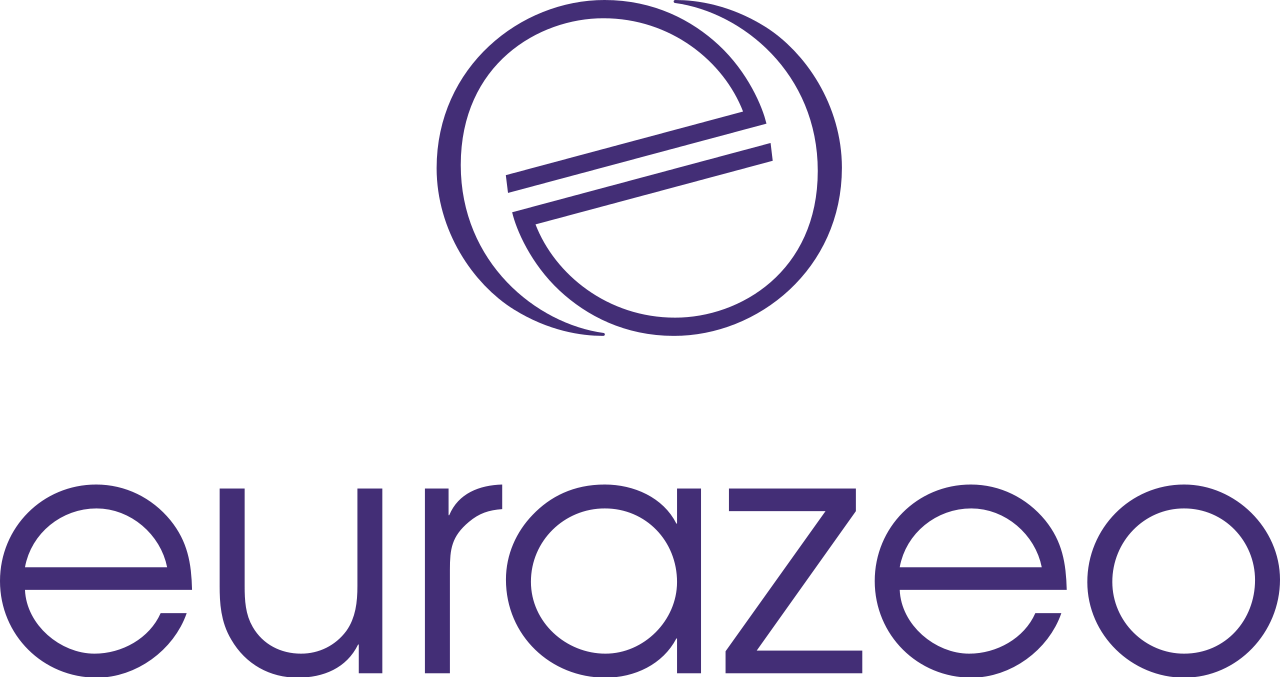





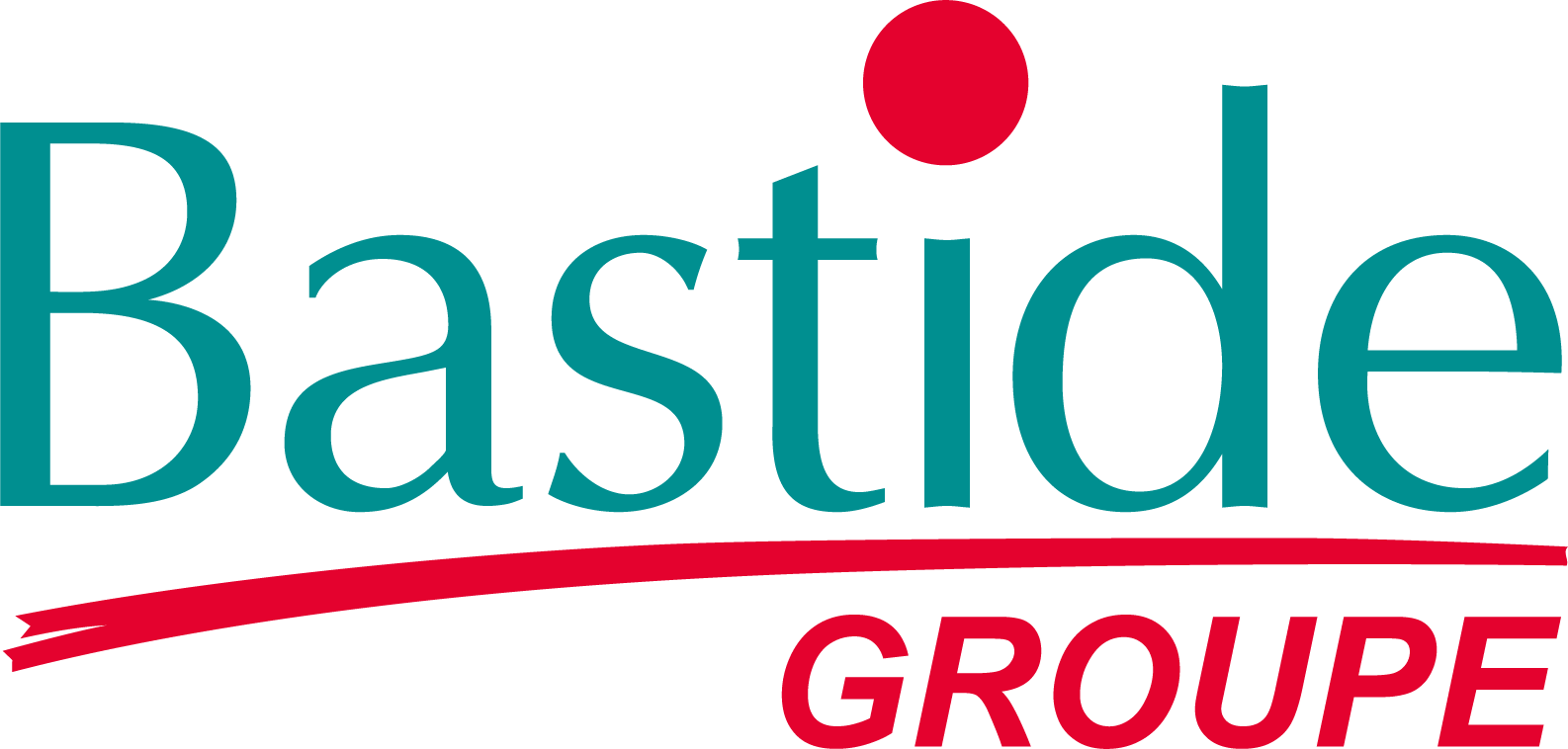



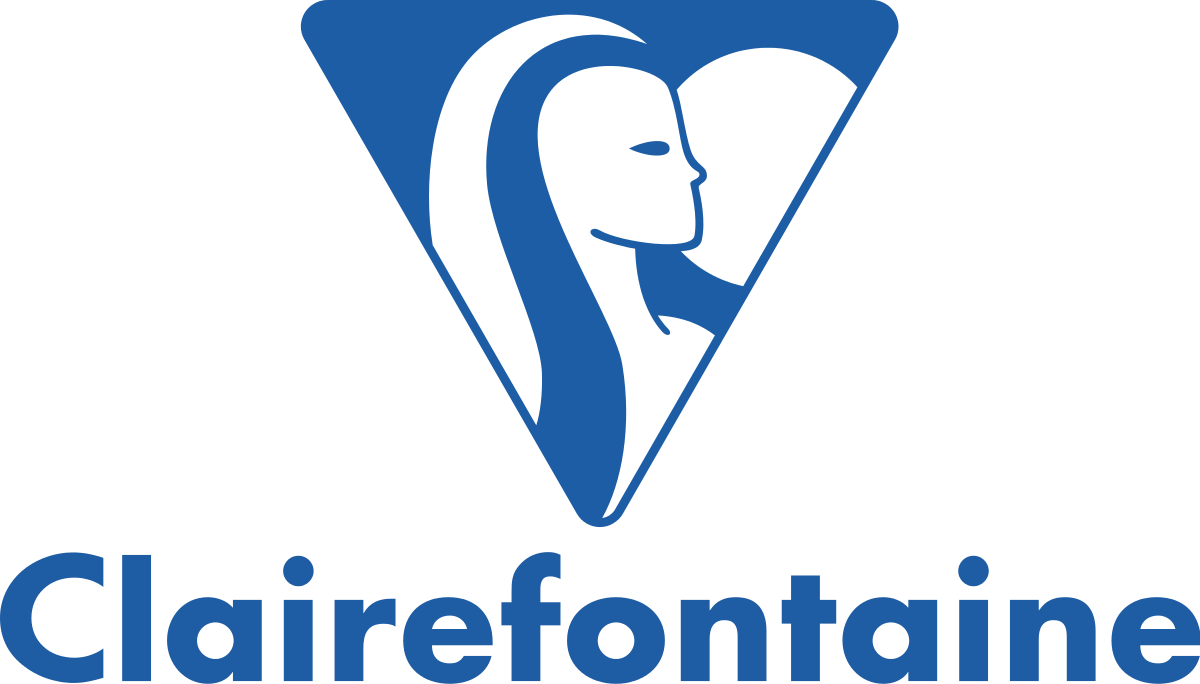






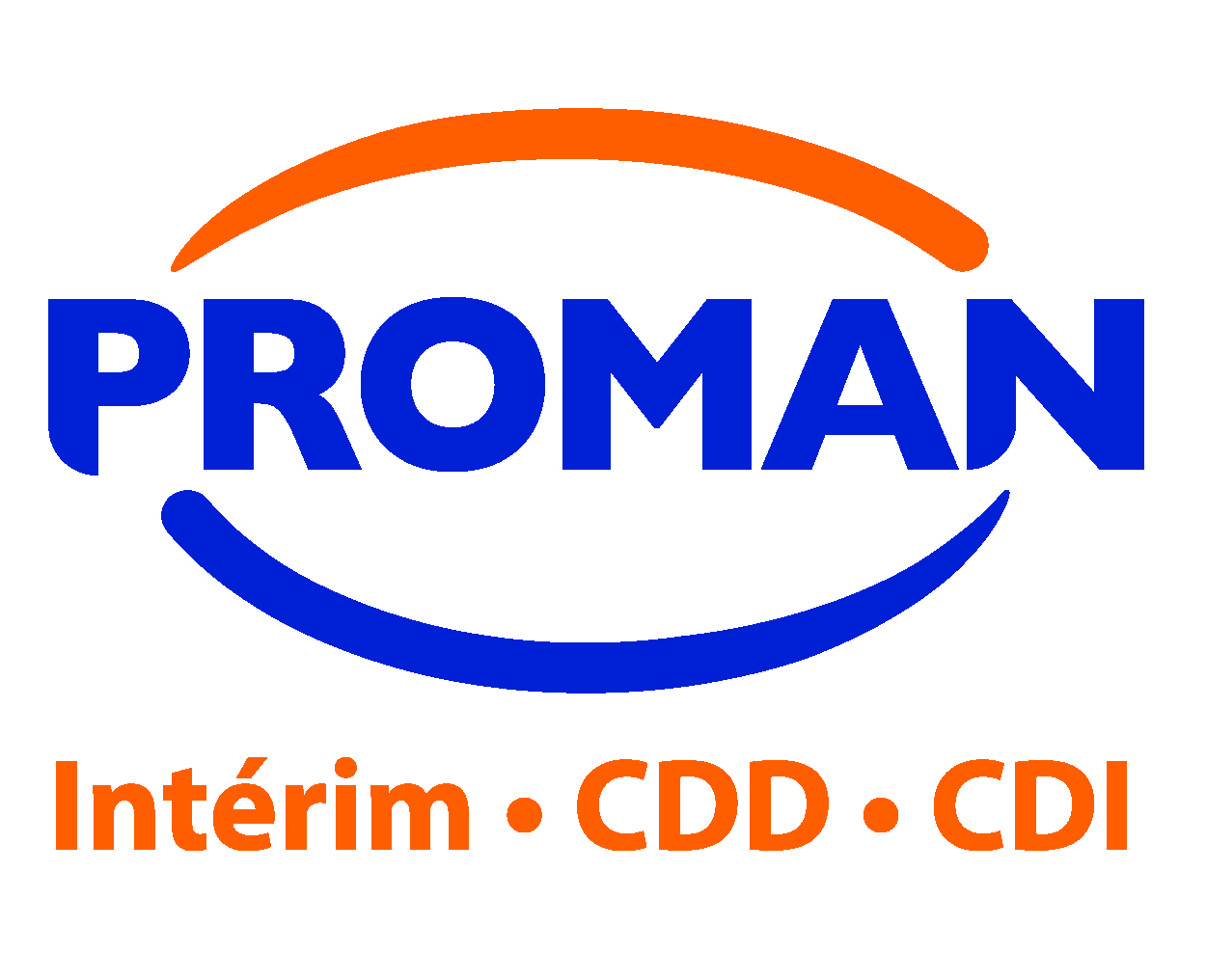
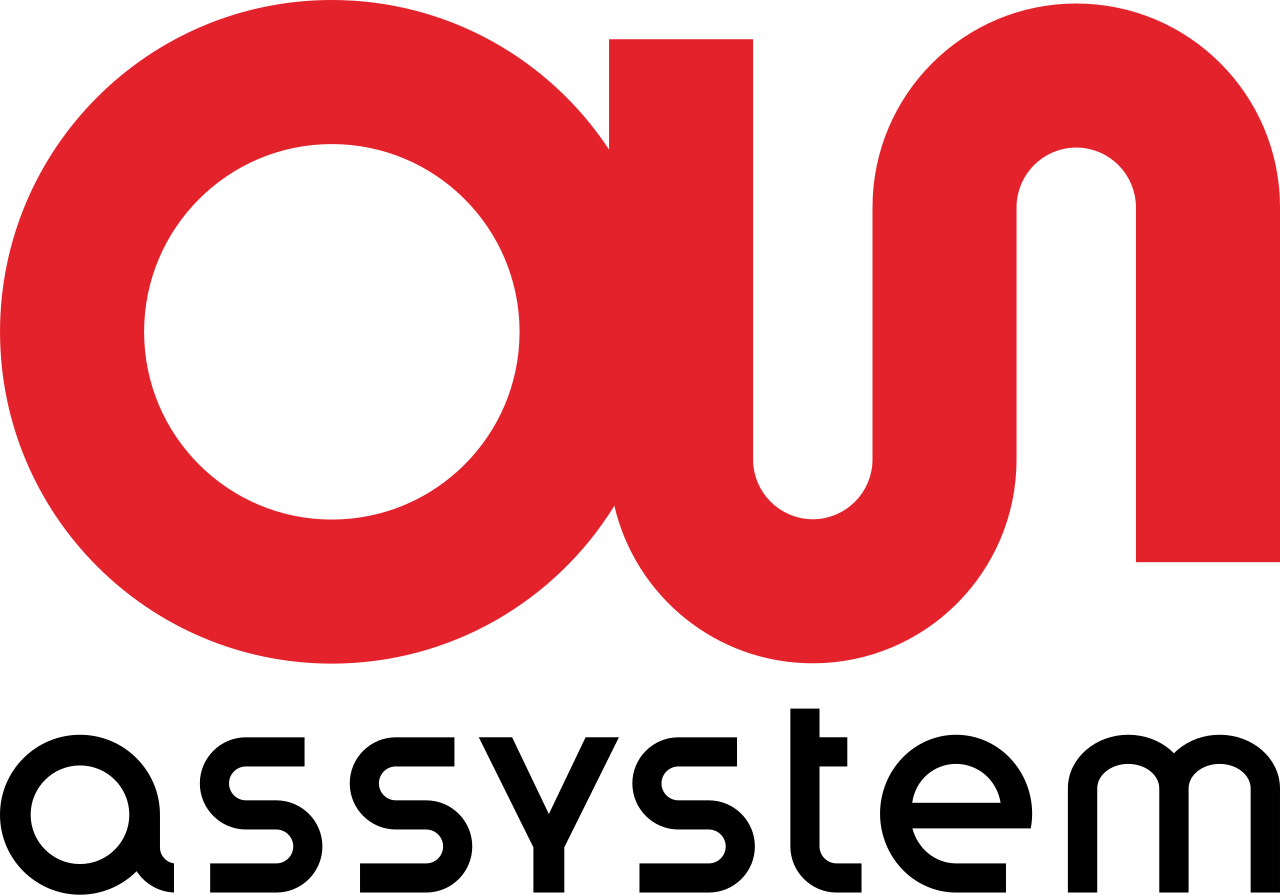















Request a demo
An urgent need to facilitate financial consolidation? Amelkis offers relevant and effective solutions to simplify your daily life.
Our latest articles
Consult our latest publications to get plenty of expert advice, best practices and sharing of enriching experiences.




